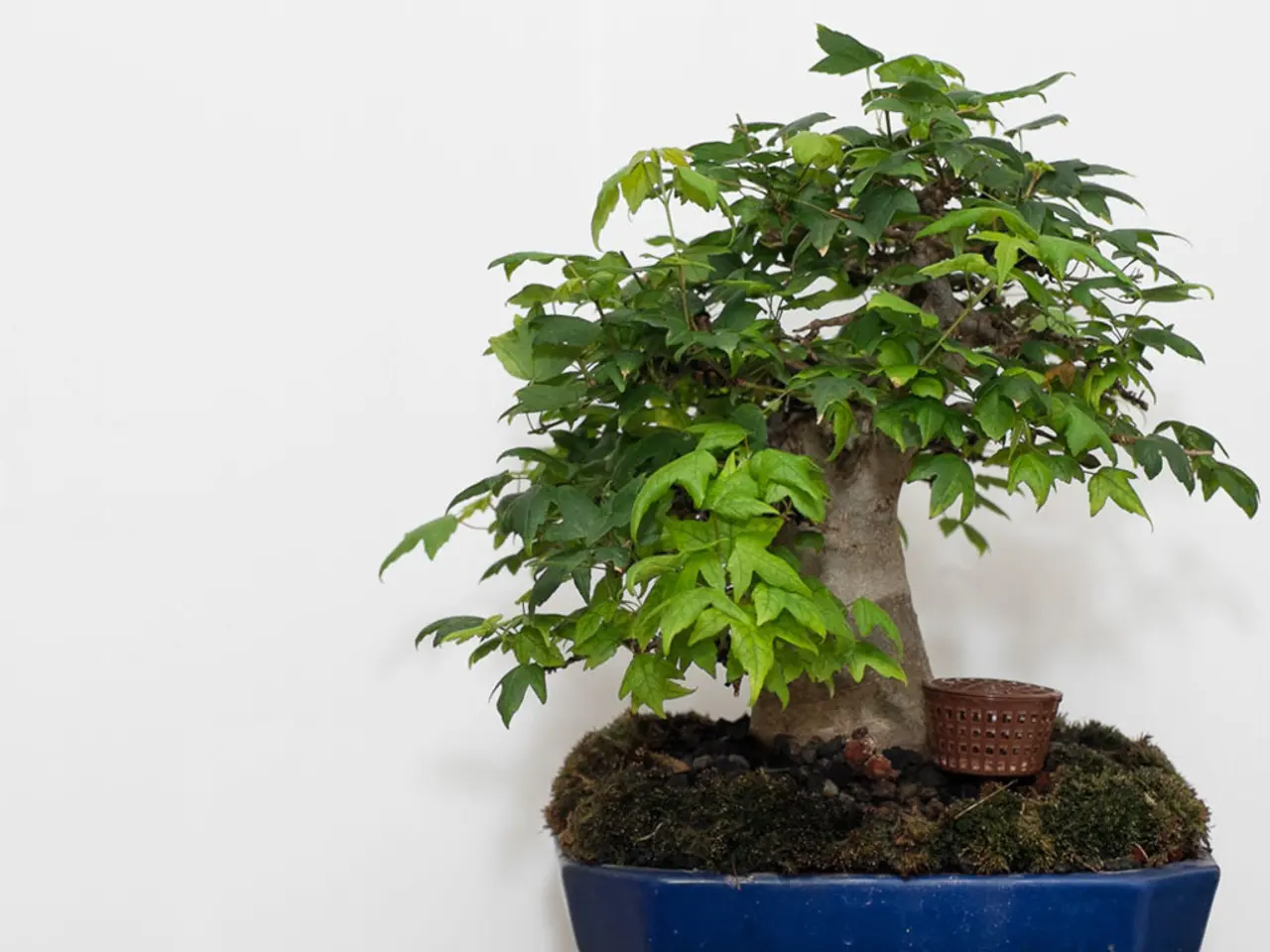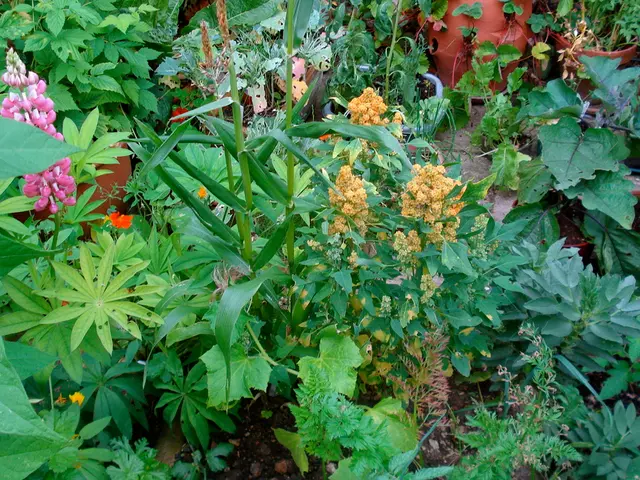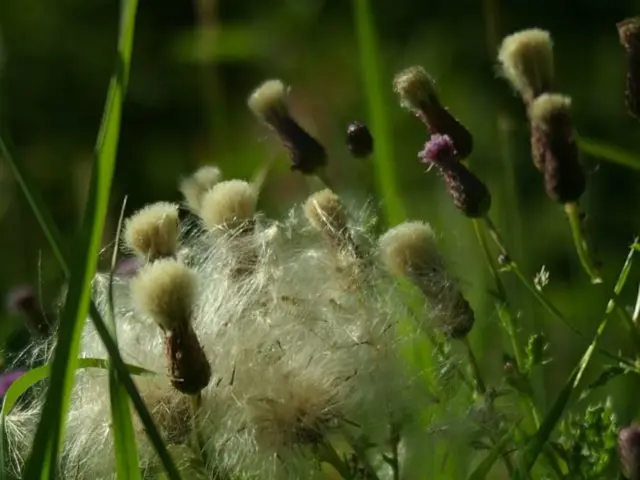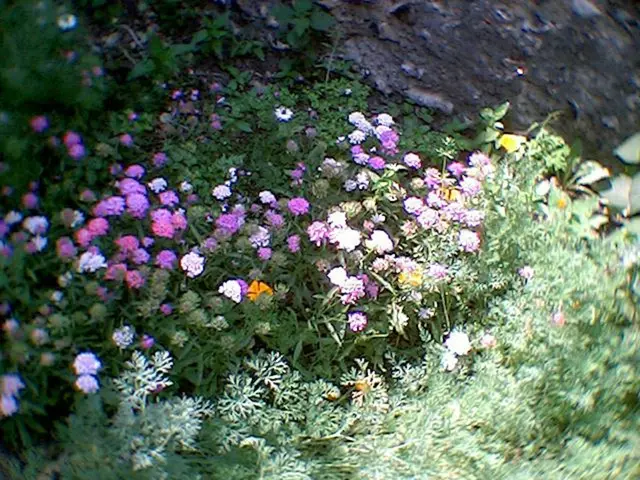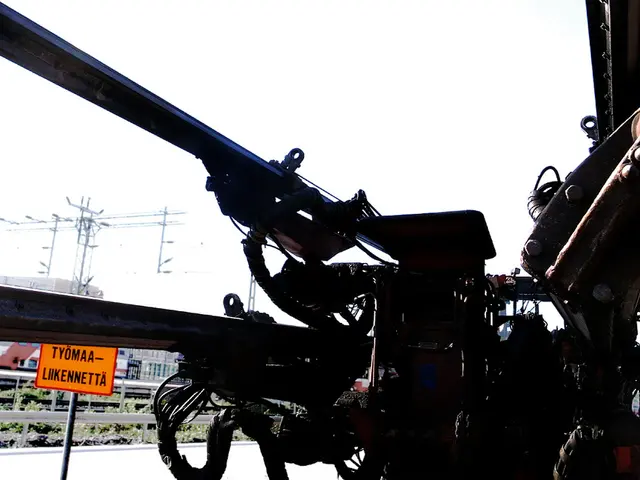Bonsai Canopy Expansion Techniques: Strategies for Complete and Equal Development
In the art of bonsai cultivation, the canopy plays a pivotal role in creating a visually stunning and healthy tree. Here's a detailed guide on the best practices for developing a beautiful bonsai canopy, as informed by current bonsai care expertise.
### 1. Pruning Techniques
Pruning techniques are fundamental to shaping the bonsai canopy. In young bonsai, early branch and leaf removal encourages new branch development and sets the basic structure. Branch trimming for shape controls vertical growth, while the removal of heavy shoots opens the canopy, allowing light to penetrate.
Foliage pad formation creates depth and a balanced silhouette by developing compact masses of leaves. Pruning branches and twigs that deviate from the desired outline helps maintain these foliage pads. Seasonal pruning, particularly during dormancy, reduces stress and sap loss, while smaller, maintenance pruning throughout the growing season refines the structure.
Root pruning, paired with repotting, is essential for maintaining the overall health of the bonsai tree. Trim roots moderately to fit shallow bonsai pots.
### 2. Light and Air Circulation Management
Ensuring uniform light exposure and preventing overly dense canopies are key to maintaining a healthy bonsai canopy. Well-structured foliage pads help distribute light evenly across leaves, improving photosynthesis and overall vigor. Pruning to open areas of the canopy also enhances air circulation, reducing the risk of fungal diseases.
Adapting foliage density to the environment is important. Indoor bonsai, such as ficus, require slightly denser foliage to compensate for reduced light and photosynthetic activity indoors. Outdoor bonsai benefit from more open canopies to prevent leaf scorch and heat stress.
Regularly turning the tree encourages even light exposure, resulting in uniform growth and balanced canopy development.
### 3. Species-Specific Growth Habits
Understanding species-specific growth habits is crucial for cultivating a balanced and thriving bonsai tree. Species like maple, juniper, ficus, and olive have distinct leaf shapes and natural growth patterns that influence canopy style. For example, junipers form tufted pads, while ficus develops dense, glossy leaves suited for tighter foliage pads.
Fast-growing species may require more frequent pruning and defoliation to maintain compact canopies, whereas slow growers need careful shaping over time. Deciduous species like maples benefit from seasonal leaf reduction (defoliation) in the growing season to create smaller leaves and healthier branching.
Utilizing dormancy for major structural pruning reduces stress on the tree. Tropical species may require a different approach, focusing on year-round maintenance pruning.
---
### Summary Table for Bonsai Canopy Development
| Aspect | Best Practices | Species Notes | |----------------------------|----------------------------------------------------------|-------------------------------------| | **Pruning** | Early leaf removal, trim branches to shape, remove heavy shoots, seasonal major pruning in dormancy | Defoliation helps compact canopy in maples; frequent trimming for fast growers | | **Light Management** | Ensure even light with well-spaced foliage pads, prevent leaf scorch, rotate tree for balance | Indoor tropical species need denser foliage for reduced light | | **Air Circulation** | Open canopy by removing dense shoots, improve airflow to reduce disease risk | Dense, closed canopies harmful in humid climates | | **Species Growth Habit** | Adapt pruning and timing to species-specific leaf and branching characteristics | Juniper: tufted pads; Ficus: dense pads; Deciduous: seasonal defoliation |
By integrating these practices—starting with a strong foundation through branch and root pruning, forming distinct foliage pads, managing environmental factors like light and airflow, and tailoring care to species-specific habits—you can develop a healthy, attractive bonsai canopy that enhances both the tree’s aesthetic and vitality.
In the home-and-garden realm, incorporating well-shaped bonsai trees into your lifestyle can add a touch of greenery and tranquility. For instance, gardening techniques, particularly pruning, are essential for designing a beautiful bonsai canopy. By adopting pruning practices like early branch removal, shaping through branch trimming, and maintenance pruning, you can create compact, balanced foliage pads that reflect a distinct bonsai canopy style based on the plant species.
